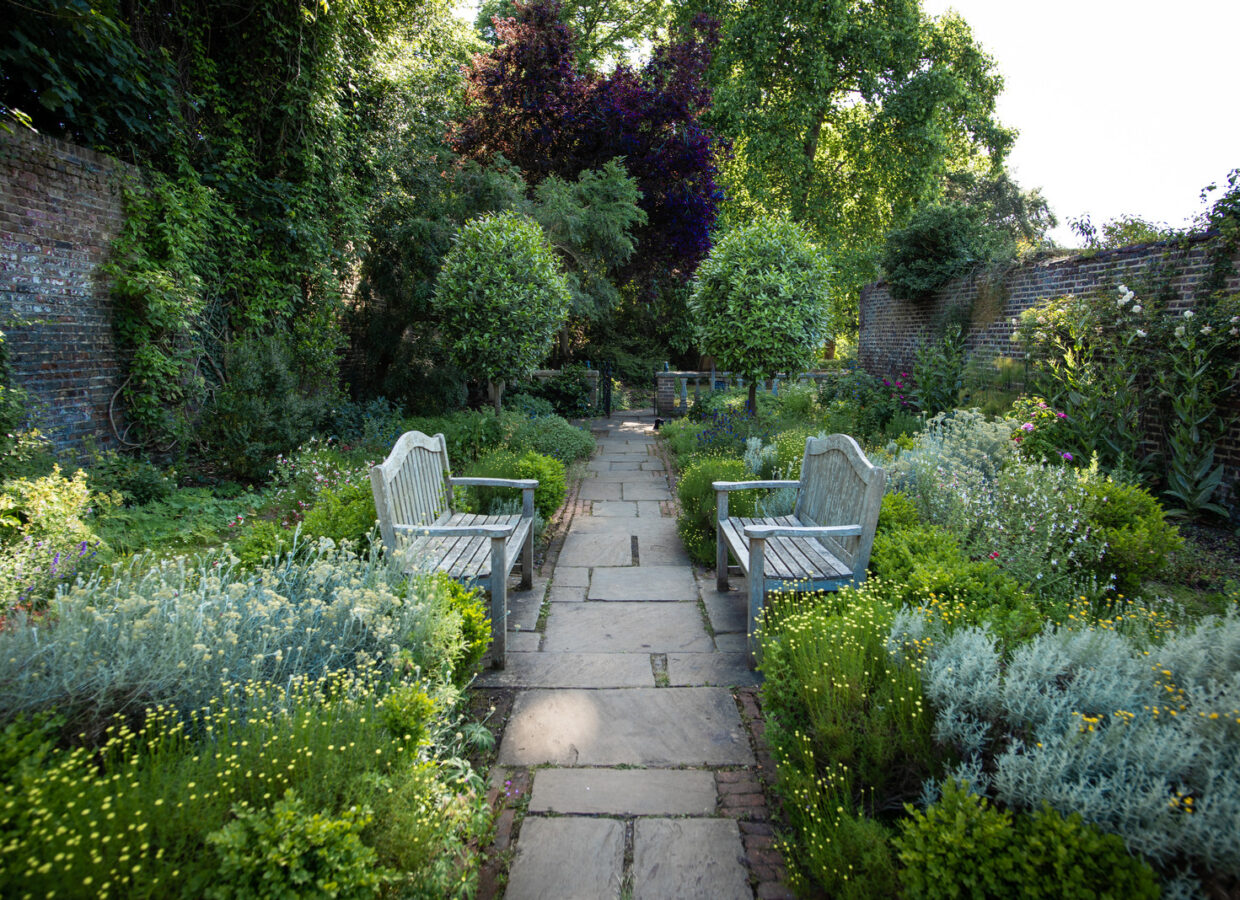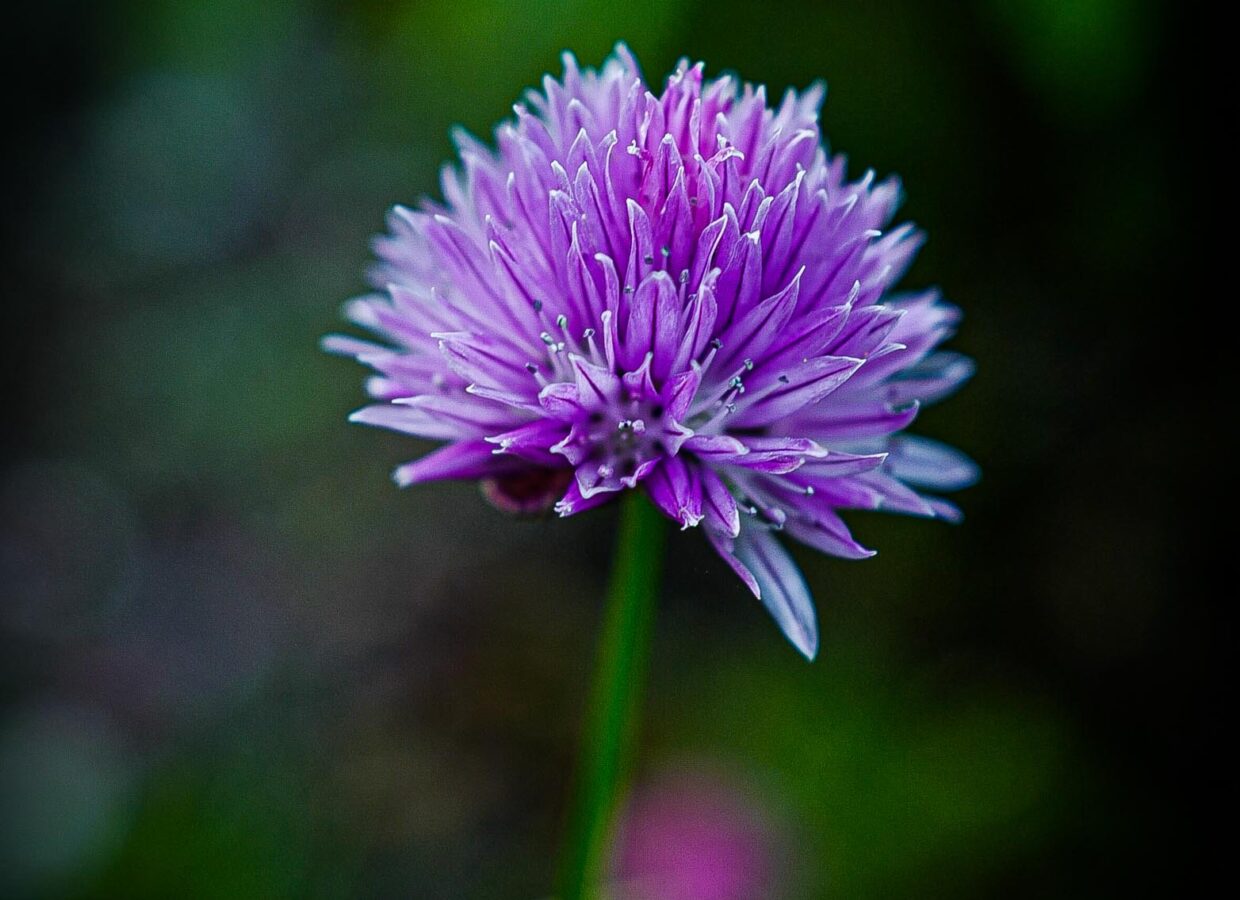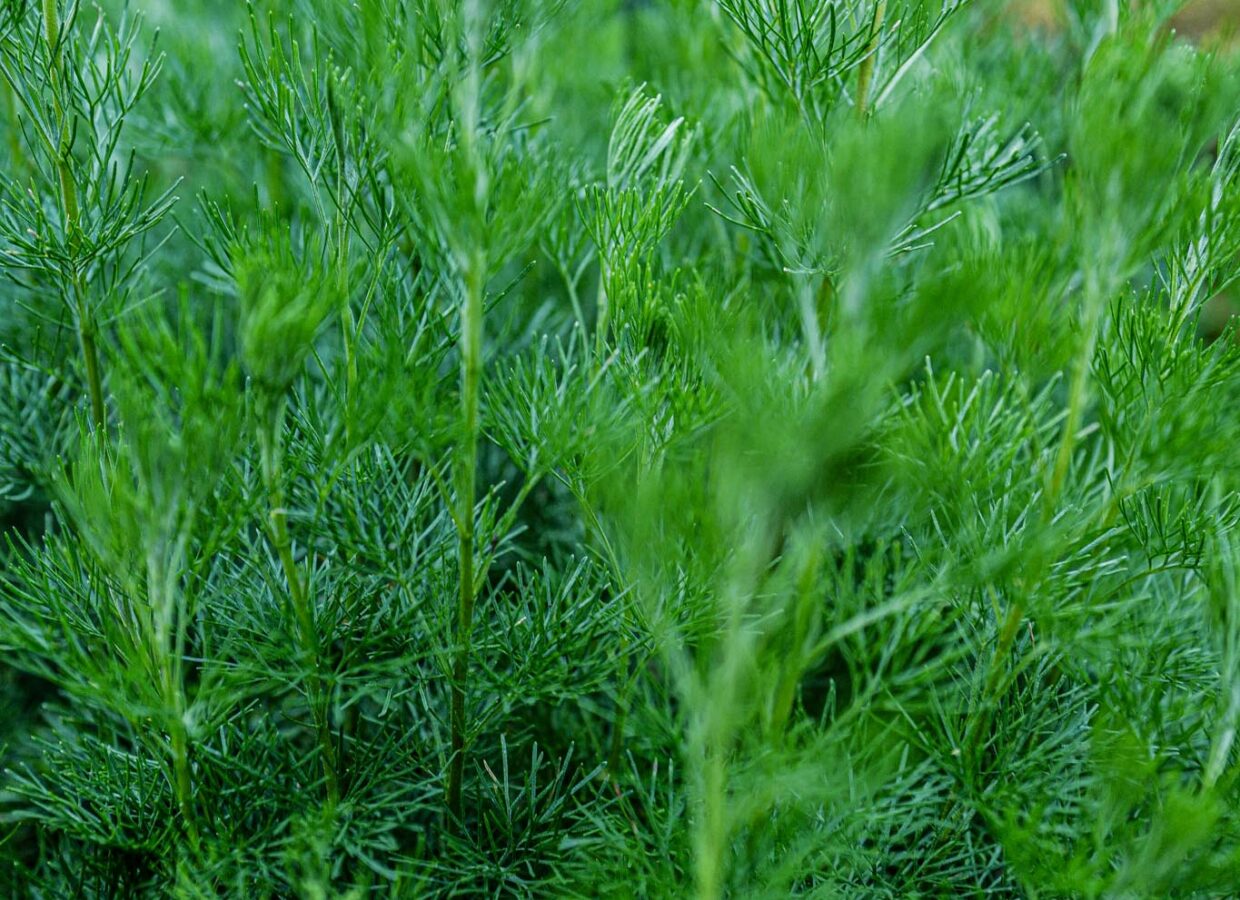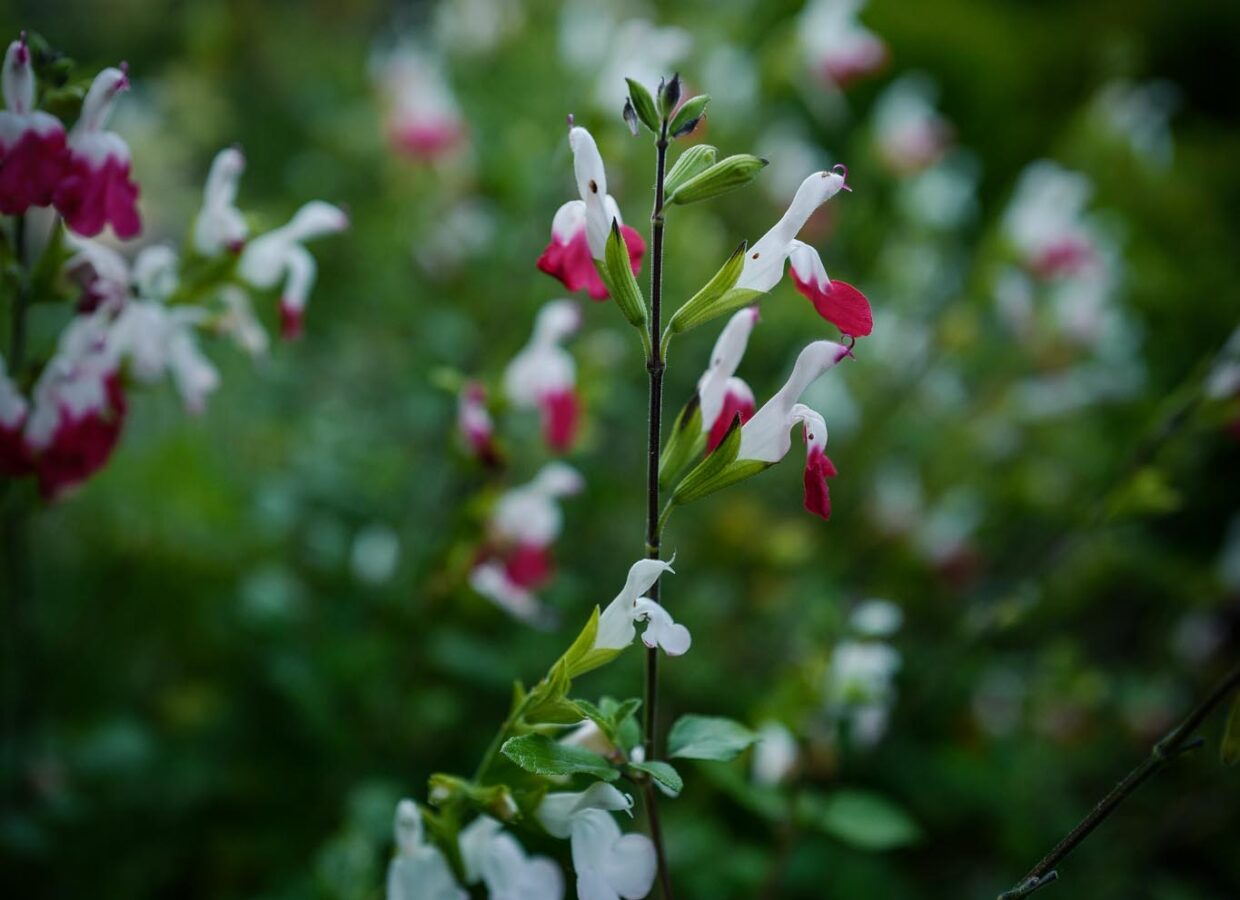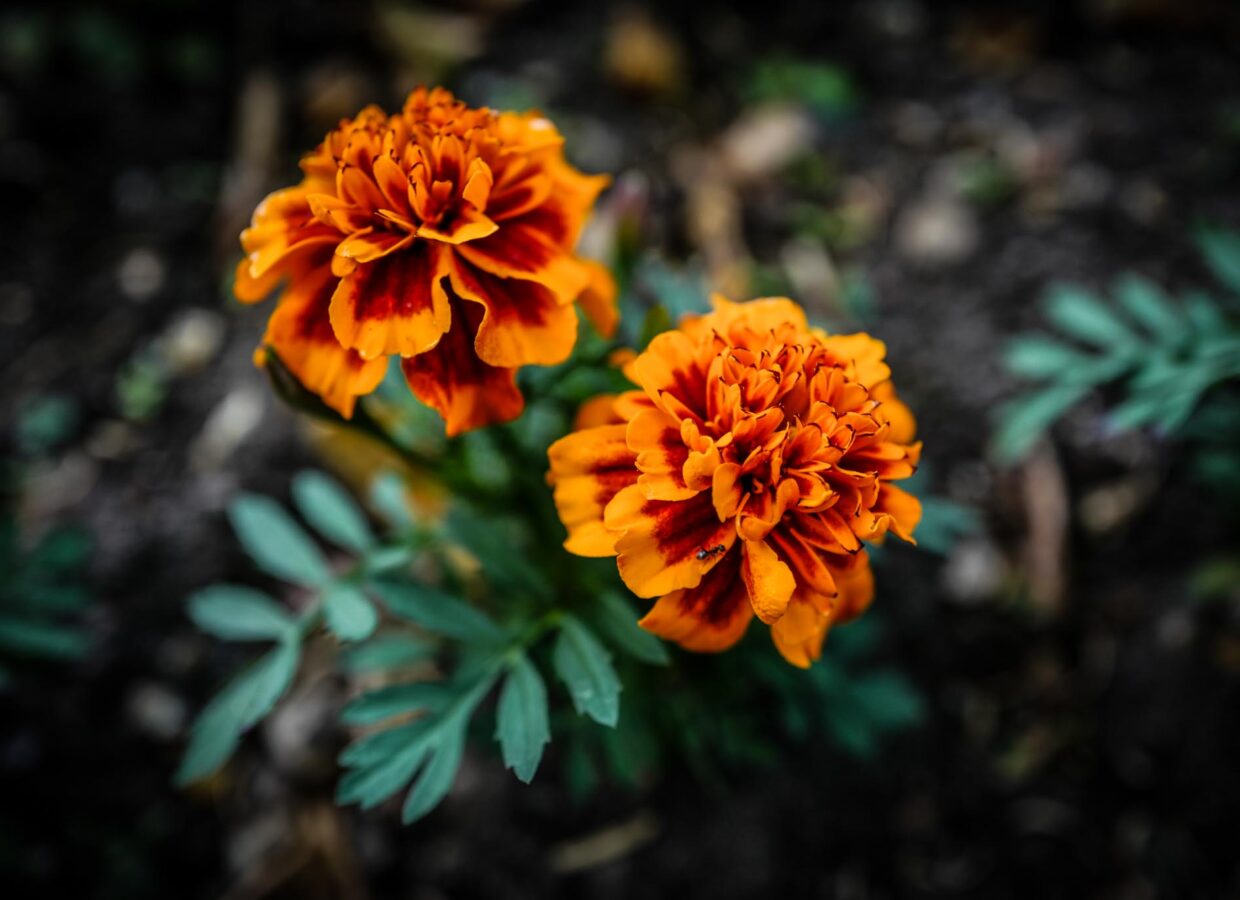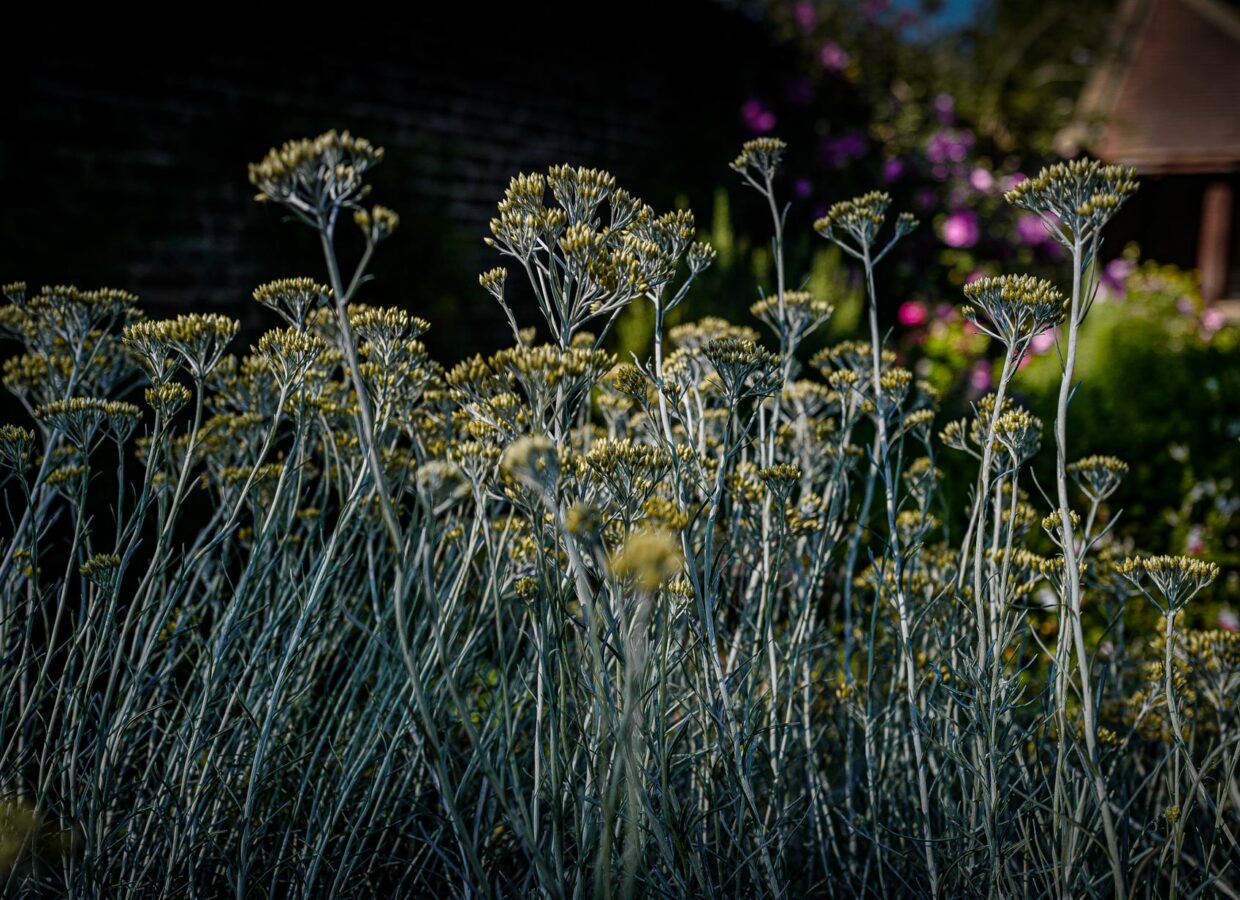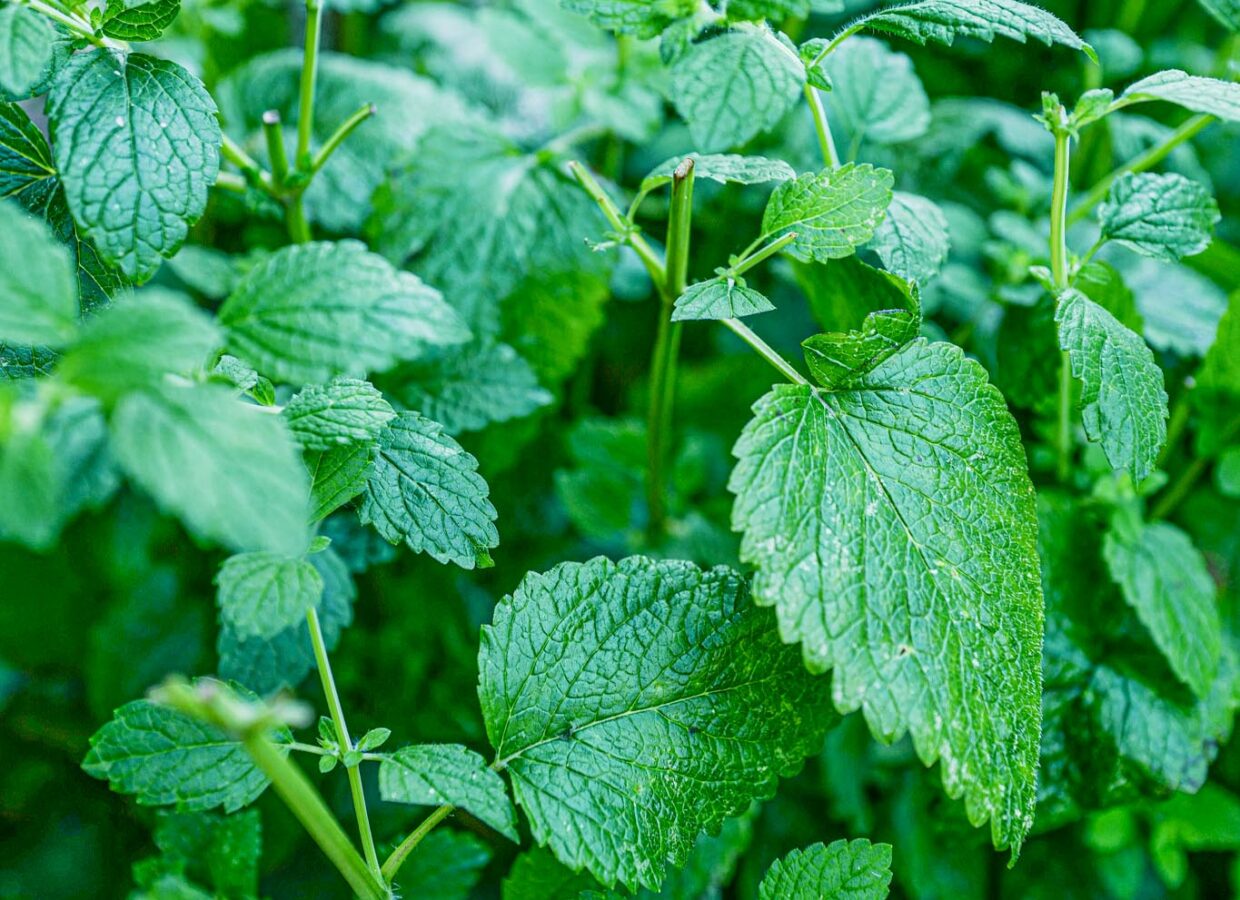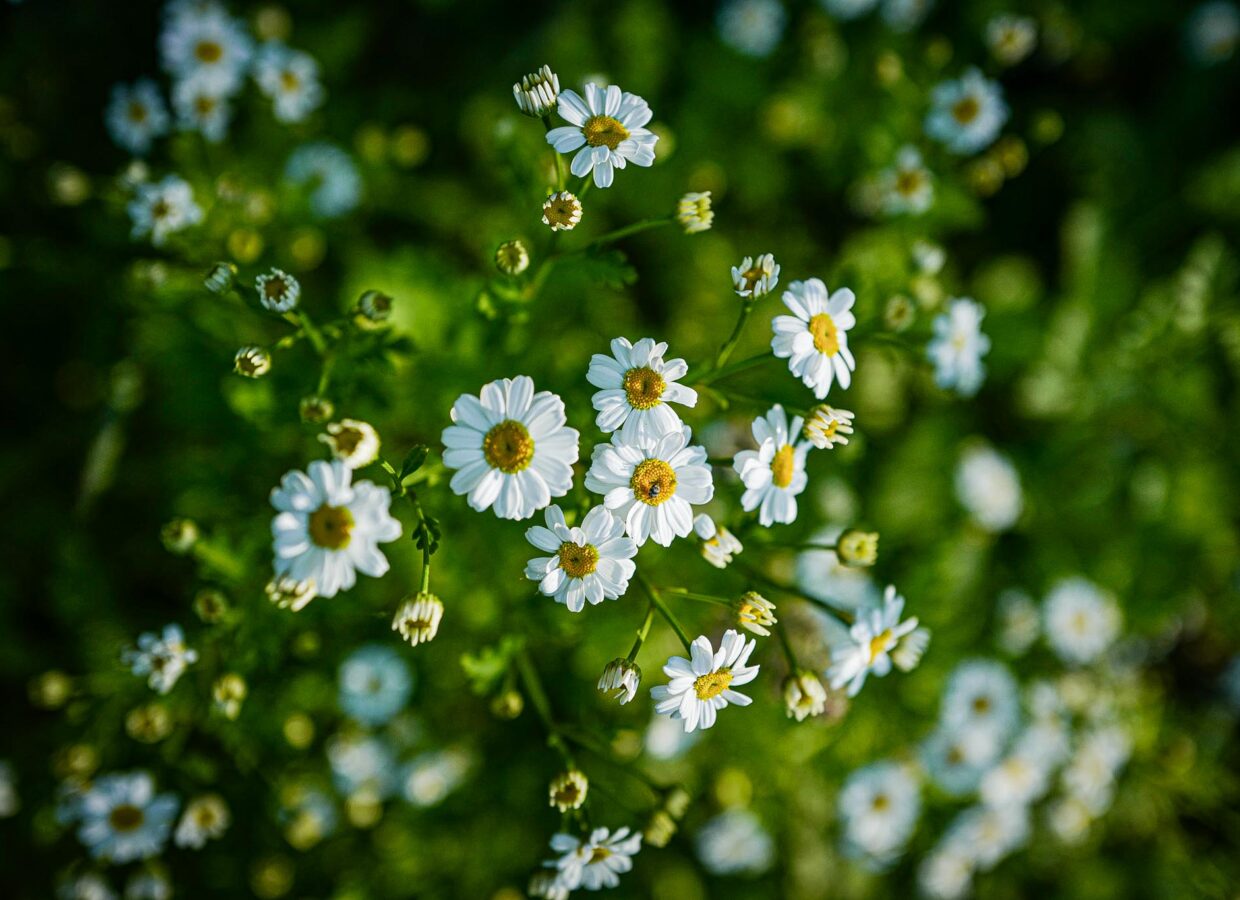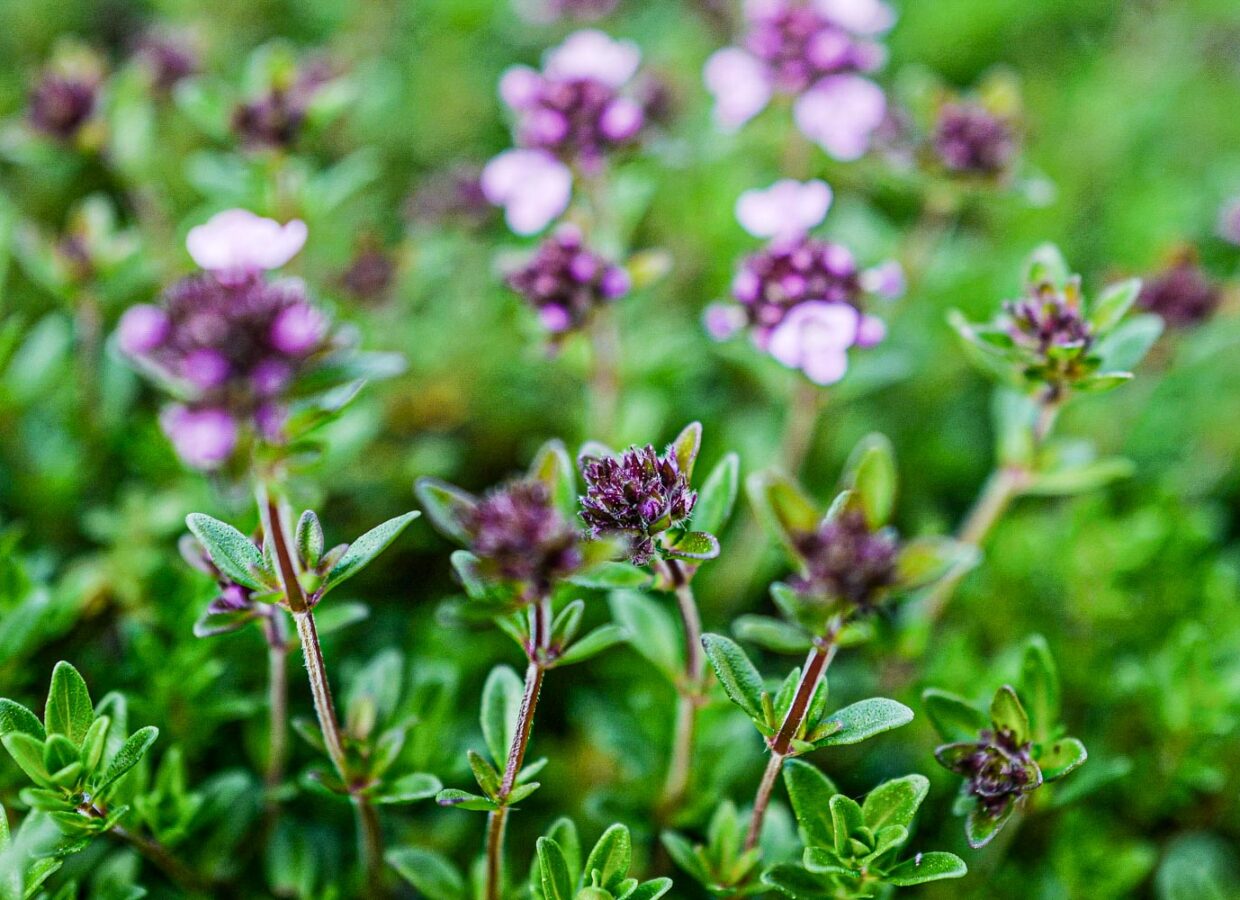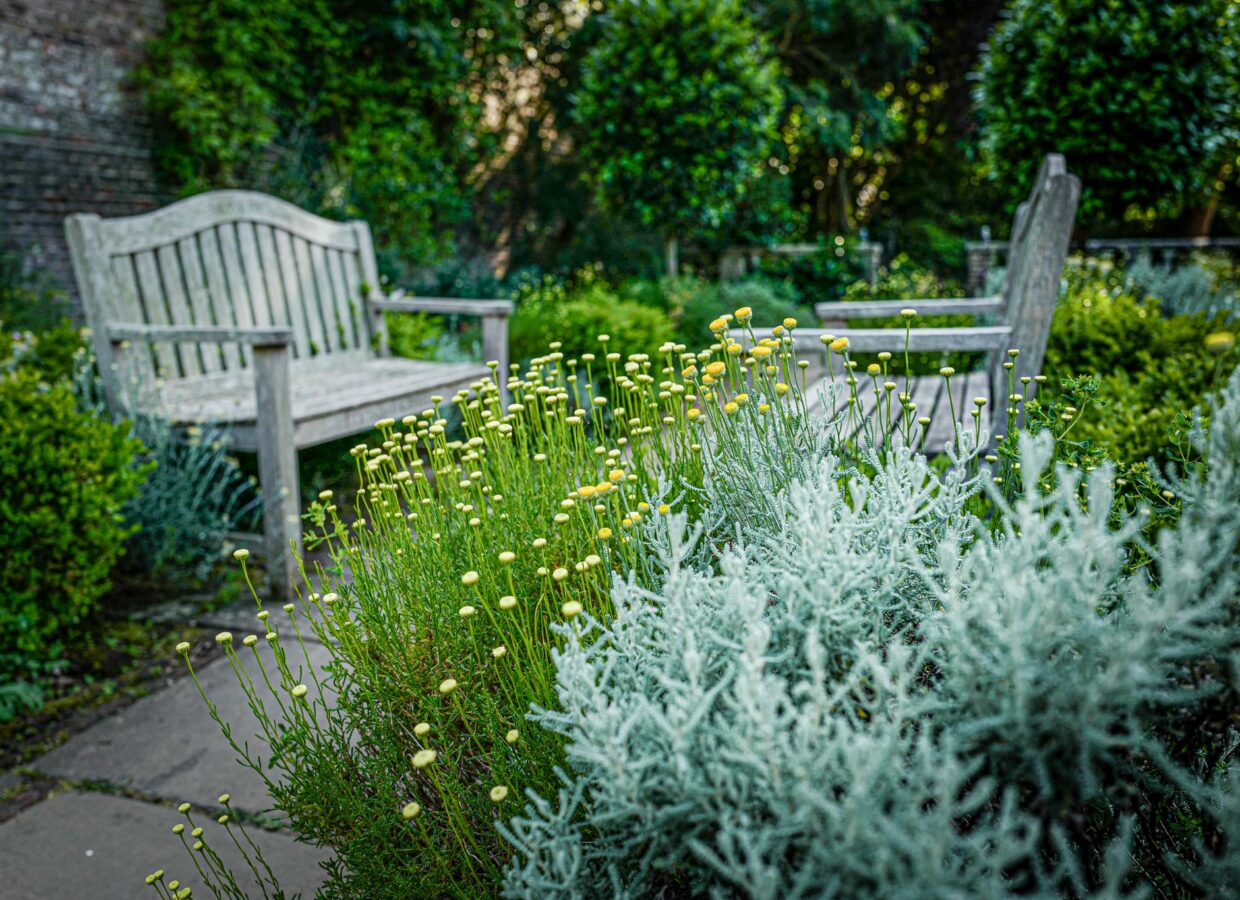Herb Garden
The Herb Garden is on the site of the stables of Cannizaro House. In the 1930s, it was redesigned as a Dutch Garden with formal flower beds. The then owners, The Wilsons, placed the two small dog statues on the entrance to this little walled garden.
When the Park went into public ownership in 1949, the planting of bedding plants was continued, but the expense of annual planting, combined with funding cuts, led to the beds being left empty by 2007. The Friends of Cannizaro Park then raised funds to change the Dutch Garden into a herb garden. In 2009 a local couple donated the cost of two benches positioned in the centre of the garden. The new Herb Garden was designed by the Herb specialist Anthony Gardiner and is looked after and developed by the Friends’ volunteer gardeners. The original planting design has been largely kept, but the selection of native herbs has expanded. Plants that attract butterflies, bees, and other insects are encouraged, and no herbicides are used in the Herb Garden. The Physic Garden in Petersfield has inspired some of the planting ideas.
A herb is any plant harvested for culinary or medicinal purposes or for its scent. Many herbs are valued for all three of these reasons. Before modern medicines were developed, everyday herbs grown in gardens or in the wild played an important part in treating illnesses and injuries. Many medicinal herbs are poisonous in large doses, and their poisonous properties could be the reason for their potential success in some cases. Traditionally the poisons were thought to drive out the illness, a theory to some extent supported by modern science. The positive placebo effect of taking a treatment that the patient believed in also probably played its part in the success of the herbal remedy.

The south-facing bed no. 1 on the plan contains more sun-loving plants, while the north-facing bed no. 4 contains more plants that like some shade. The list of herbs is not comprehensive and may not be completely accurate at the time of viewing as the plants are moved or replaced either naturally or by the volunteer gardeners throughout the year. Here are some points to look out for:
- The central beds at the front no. 5 are mostly culinary herbs, including French Sorrel, which is recognisable by its unusual shield‐shaped leaves. It adds a fresh lemony flavour to a salad.
- The mid-central beds no. 3 contain plants selected for their scent, such as the green and silver Cotton Lavenders.
- The carpets of Thyme in the top central beds no. 2 are particularly good in mid‐summer when in flower and the scent is strong.
- Southernwood, in the left-hand border no. 1, has a strong scent and was used as air-freshener. It is also known as Lad’s Love and might have been used by young men when courting if they did not have easy access to a bath.
- A couple of leaves from the Lemon Verbena bush no. 6 near the left-hand shelter makes a lovely cup of tea.

